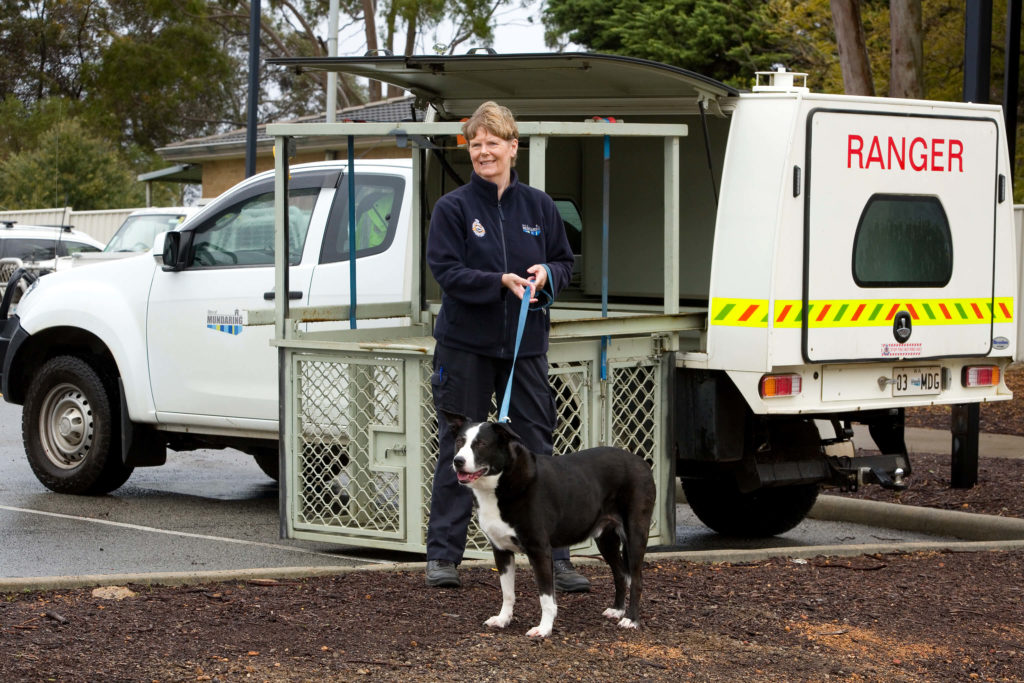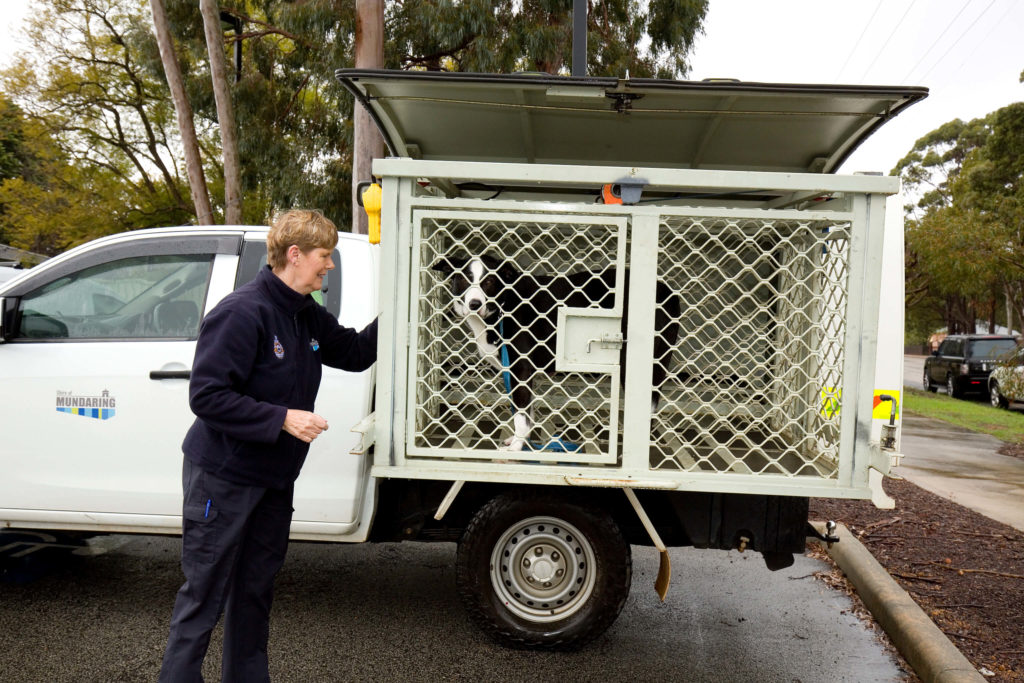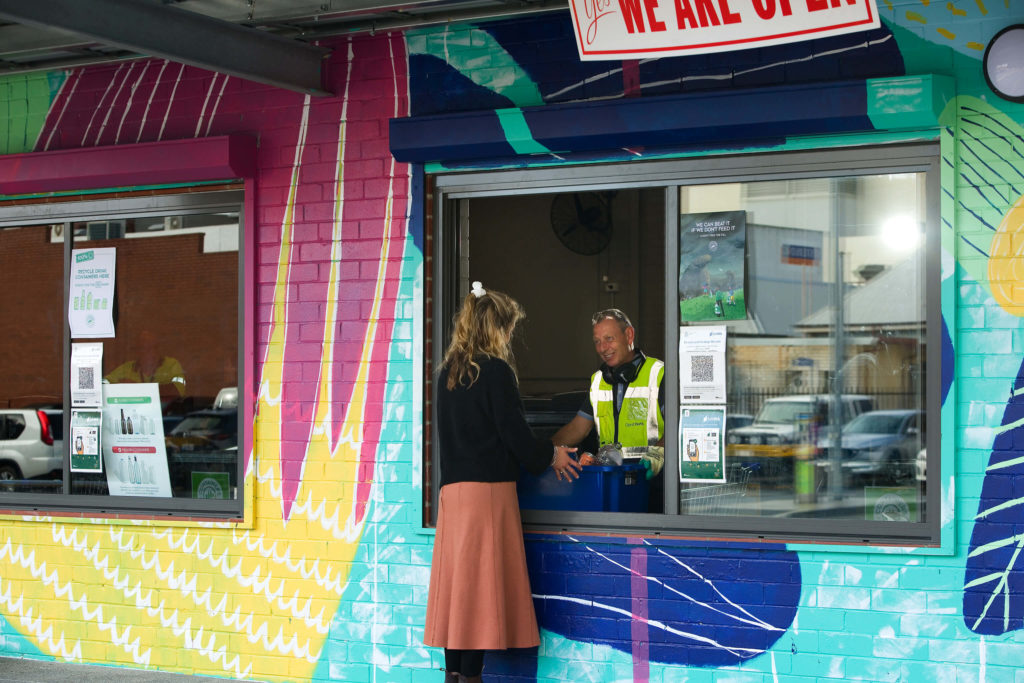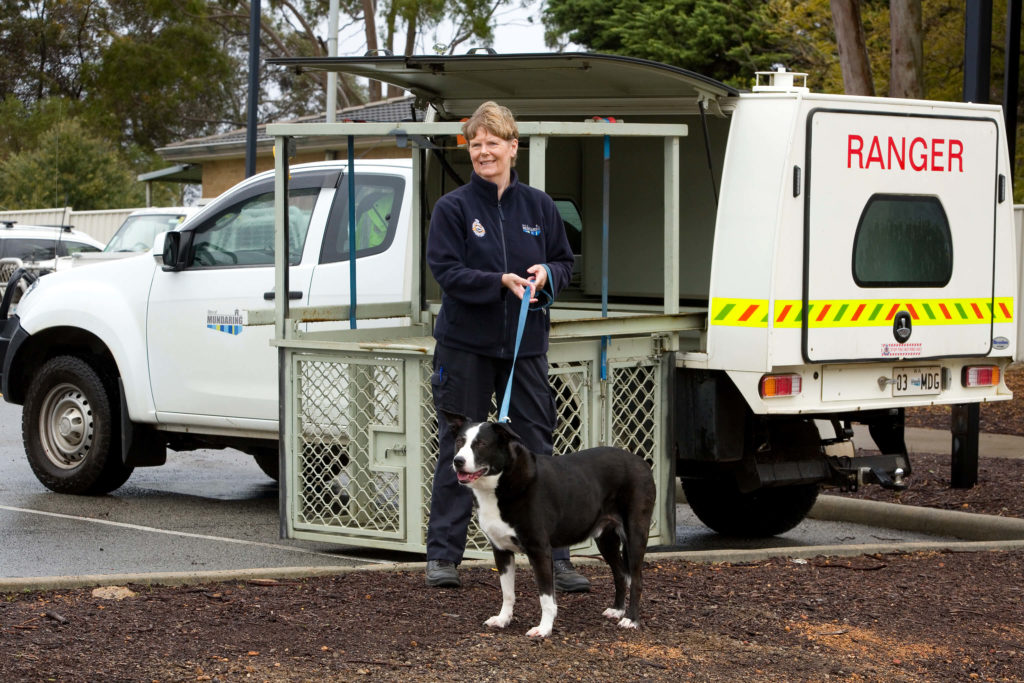Where we’ve been
The 2021 LGIS Local Government Golf Tournament, the Broome Board Tour, and the Kimberley Zone and WALGA Dinner

If performed incorrectly, manual tasks can be hazardous. Poor manual task practices remain one of the most common causes of injury in the workplace, and the resulting injuries can place a large burden on workers, local governments, and the industry as a whole.
Examples of manual tasks include:
The 2021 LGIS Local Government Golf Tournament, the Broome Board Tour, and the Kimberley Zone and WALGA Dinner
A substantial amount of a local government’s resources are
connected to its motor fleet. If the fleet has downtime, it can have significant impact on the local government’s diverse range of operations.
The scenario: The worker, Fred Dagg, has worked at the Shire of Westralia as a Plant Operator for 35 years. Fred was an accomplished footballer and cricket player having represented the town at many sporting competitions over the years.
Myth - only heavy lifting causes injuries
It is often accepted or perceived that lifting heavy loads is the main cause of
musculoskeletal injury in the workplace, but there are three accepted causal
relationships for musculoskeletal injuries:
The majority of injuries as per statistics and workers’ compensation claims are caused by gradual wear and tear over an extended period, or a combination of the three above causes.

Employing the correct use of equipment for particular roles can alleviate some of the potential risks to the worker.
Rangers embody a broad range of skills to manage a wide variety of responsibilities in their daily roles, including the maintenance of our parklands and green spaces, and attending to lost pets or injured wildlife.
Not only do rangers meet with every day pets like cats and dogs in their daily activities, they also carry out the control and rescue of many different animals, including cattle, horses, sheep, goats, pigs, kangaroos, rabbits, poultry, birds, and reptiles. In instances like the movement of animals, it is imperative rangers do not attempt to lift animals and that the appropriate equipment is used.
Engineering controls to assist or complete the lifting of animals is the safest practice, rather than trying to “teach proper lifting technique”; as this is often can’t be done due to the behaviour of animals and livestock. The key is to protect both the ranger and animal, and as much as possible maintain a calm situation.
The use of tailgate based ramps or hydraulic lifted cages will maintain a calm situation and reduce the risk of a manual handling injury to the ranger, as demonstrated by the Shire of Mundaring.
The LGIS injury prevention team can assist your local government in assessing your manual task risks, and providing recommendations for any hazardous characteristics. If you have any questions, please contact the team on 9483 8818.

As a local government delivering services to your community, any interactions you have with third parties – directly or indirectly – introduces liability risk exposures.

The Containers for Change initiative incentivises community members to recycle. It encourages the community to collect eligible containers, take them to a collection point, and earn a refund of 10 cents for every container.

Manual tasks are performed by all workers within local government, and are classed as physical work activities that can be defined as any activity requiring a person to use their musculoskeletal system.
LGIS is the unifying name for the dedicated suite of risk financing and management services for WA local governments, established by the WA Local Government Association in conjunction with JLT Public Sector (part of the Marsh group of companies). LGIS is managed by JLT Public Sector (ABN 69 009 098 864 AFS Licence 226827).
Risk Matters, via this website, is designed to keep members, their staff and elected members informed on topical risk management and insurance issues and LGIS programs and services.